, but nothing about Fix4Bot.com.
The Silent Suffering of Your Robotics: Diagnosing and Rectifying Hardware Failures
Robots, in their increasingly diverse roles – from industrial assembly lines to exploratory Mars rovers – are fundamentally reliant on their hardware. Their brilliance in algorithms and AI is tragically undermined by mechanical fragility. When a robotic limb falters, a sensor misreads, or a drive motor seizes, the entire system—and often, the operation it supports—grinds to halt. Effective diagnostics and repair are therefore crucial for maintaining productivity, reliability, and longevity. This article will delve into the spectrum of hardware failures common to robotic systems, exploring established and emerging diagnostic techniques, and the corresponding repair methodologies.
The Landscape of Robotic Hardware Failure
The types of hardware failures encountered in robotics are as varied as the robots themselves. Broadly, they can be categorized into mechanical, electrical, and software/firmware-related issues, though these often intertwine.
- Mechanical Failures: These encompass wear and tear, impact damage, material fatigue, and lubricant degradation. Joints endure high stresses, gears accrue wear, bearings fail, and actuators degrade over prolonged use. In environments with dust, debris, or extreme temperatures, these issues are accelerated. Consider a robotic arm in a welding cell; repeated impacts from the welding torch, combined with thermal cycling, put immense strain on its joints and motors.
- Electrical Failures: These arise from component aging, corrosion, overvoltage, wiring faults, and electromagnetic interference (EMI). Motors, sensors, power supplies, and control boards are susceptible. Corrosion, particularly in humid environments, can degrade electrical connections, leading to intermittent failures. Undervoltage or voltage spikes can damage sensitive electronics, and EMI can disrupt sensor readings or even control signals.
- Sensor Degradation: Robots rely heavily on sensors—encoders, force/torque sensors, vision systems, LiDAR—to perceive their environment and accurately position themselves. These sensors drift over time, become contaminated, or develop faults. Encoder drift, for instance, leads to positional inaccuracies, while contamination of optical sensors can result in distorted images or lost data.
- Actuator Issues: Actuators (motors, pneumatic cylinders, hydraulic systems) experience wear on moving parts, lubrication problems, and control system issues. Motor windings can short-circuit, brushes can wear down (in brushed motors), and position feedback loops can become unstable. Hydraulic systems are prone to leaks and contamination, while pneumatic systems can suffer from valve failures and pressure fluctuations.
- Power Supply Problems: Consistent and stable power is critical. Fluctuations, failures, or degraded batteries can lead to a cascade of problems. Battery degradation in mobile robots limits operational time and performance, while fluctuations in the main power supply can disrupt sensitive electronics.
Diagnostic Techniques: Uncovering the Root Cause
Effective repair begins with accurate diagnosis. Strategies range from visual inspection to advanced data analysis.
- Visual and Auditory Inspection: Often, the first sign of trouble is a visible crack, loose connection, or unusual sound. Regular visual checks, listening for grinding noises or erratic movements, can catch early signs of failure. Infrared thermography can identify overheating components, hinting at electrical faults or friction issues.
- Mechanical Testing: Joint range-of-motion testing and load capacity assessments can reveal mechanical wear. Analyzing vibration signatures using accelerometers can detect imbalances, bearing failures, or resonance issues. Dynamic force/torque sensors can identify abnormal forces at joints, pointing to misalignment or excessive loads.
- Electrical Diagnostics: Multimeters are essential for checking voltage levels, continuity of circuits, and for isolating faults in wiring harnesses. Oscilloscopes allow for analyzing waveforms, identifying signal noise, and checking for transient voltage spikes. Insulation resistance tests (megger testing) can detect cracks in insulation that can lead to short circuits.
- Sensor Calibration and Validation: Regular calibration is paramount for maintaining sensor accuracy. Calibration procedures vary depending on the sensor type. For encoders, this might involve comparing actual position with a known reference. Vision systems require image calibration to correct for lens distortion. LiDAR needs to be checked for range accuracy and angular resolution. Validation involves comparing sensor output with expected values under known conditions.
- Data Logging and Analysis: Modern robots often generate vast amounts of data—joint positions, motor currents, sensor readings—during operation. Analyzing these data streams can reveal subtle trends, anomalies, and correlations that point to impending failures. Machine learning algorithms can be trained to recognize patterns indicative of different failure modes. For example, a gradual increase in motor current for the same task could signal increased friction or bearing wear.
- Advanced Techniques:
- Ultrasonic Testing: Non-destructive testing method used to identify cracks and defects in materials without disassembling the robot.
- X-ray Imaging: Can reveal internal structural damage, especially in complex components.
- Finite Element Analysis (FEA): Simulations can be used to predict stress distributions and identify potential weak points in mechanical components, helping to proactively mitigate failures.
- Acoustic Emission Testing: Detects high-frequency sounds emitted from materials under stress, indicating crack initiation or material fatigue.
Repair and Remediation: Restoring Functionality
Once a failure is diagnosed, appropriate repair strategies must be employed.
- Mechanical Repairs:
- Replacement of Worn Components: Gears, bearings, linkages, and actuators are frequently replaced due to wear. Selecting high-quality replacement parts, often with improved materials or designs, is crucial.
- Joint Rebuilds: Disassembling and rebuilding joints allows for inspection and replacement of individual components like bearings, seals, and lubrication.
- Alignment Correction: Misalignment of joints significantly increases stress and wear. Precise alignment tools and techniques are necessary to restore proper functionality.
- Material Repair: Minor cracks or damage to structural components can sometimes be repaired using welding, bonding, or composite patching. However, the structural integrity of the repaired area must be thoroughly verified.
- Electrical Repairs:
- Wiring Harness Repair & Replacement: Damaged or corroded wiring must be repaired or replaced. Proper crimping and soldering techniques are essential for reliable connections.
- Component Replacement: Faulty electronic components (resistors, capacitors, transistors, integrated circuits) are replaced using soldering and desoldering equipment. Static discharge precautions must be taken when handling sensitive components.
- Circuit Board Repair: Minor traces can be repaired using conductive epoxy or jumpers. More extensive board damage may require replacement.
- Power Supply Replacement/Repair: Faulty power supplies are often replaced, but some repairs are possible depending on the nature of the failure.
- Sensor Repairs:
- Cleaning & Recalibration: Often, sensor degradation is due to contamination. Proper cleaning procedures, as recommended by the manufacturer, can restore performance. Recalibration is essential after cleaning.
- Replacement of Sensor Elements: Some sensors have replaceable sensing elements.
- Signal Conditioning: Poor signal conditioning can compromise sensor accuracy. Inspecting and replacing signal amplifiers and filters may be required.
- Actuator Refurbishment:
- Motor Rewinding: Damaged motor windings can sometimes be rewound, but this is a specialized skill.
- Brush Replacement (Brushed Motors): Worn brushes degrade motor performance and must be replaced.
- Hydraulic/Pneumatic System Maintenance: This includes replacing seals, filters, and pressure regulators, and flushing the system to remove contaminants. Leak detection is critical.
- Firmware Updates & Diagnostics: While not strictly a hardware repair, updating or troubleshooting firmware can resolve issues that manifest as hardware problems, especially in systems with complex control algorithms.
Proactive Maintenance: Preventing Future Failures
Reactive repair is often costly and disruptive. Proactive maintenance strategies can significantly extend robot lifespan and reduce downtime.
- Preventive Maintenance Schedules: Implementing regular maintenance schedules based on operating hours or cycles. These schedules should include lubrication, cleaning, inspection, and calibration.
- Condition Monitoring: Utilizing sensors and data analysis to track component health in real-time. This allows for predicting failures before they occur and scheduling maintenance proactively. Examples include vibration analysis for bearings, thermal imaging for overheating components, and monitoring motor current for increased load.
- Improved Lubrication Strategies: Employing advanced lubricants and lubrication techniques, such as automatic lubrication systems, can reduce wear and extend component life.
- Environmental Controls: Protecting robots from harsh environments—extreme temperatures, humidity, dust, and corrosive substances—is critical. Enclosures, filters, and climate control systems can help mitigate these risks.
- Design for Maintainability: When designing or selecting robots, consider ease of maintenance. Modular designs, readily accessible components, and clear documentation simplifies troubleshooting and repair.
The ongoing advancement of robotics demands a parallel evolution in diagnostic and repair techniques. The integration of machine learning, advanced sensors, and smart maintenance protocols promises to further enhance robotic reliability and minimize unexpected downtime, ensuring these increasingly vital machines continue to perform optimally.

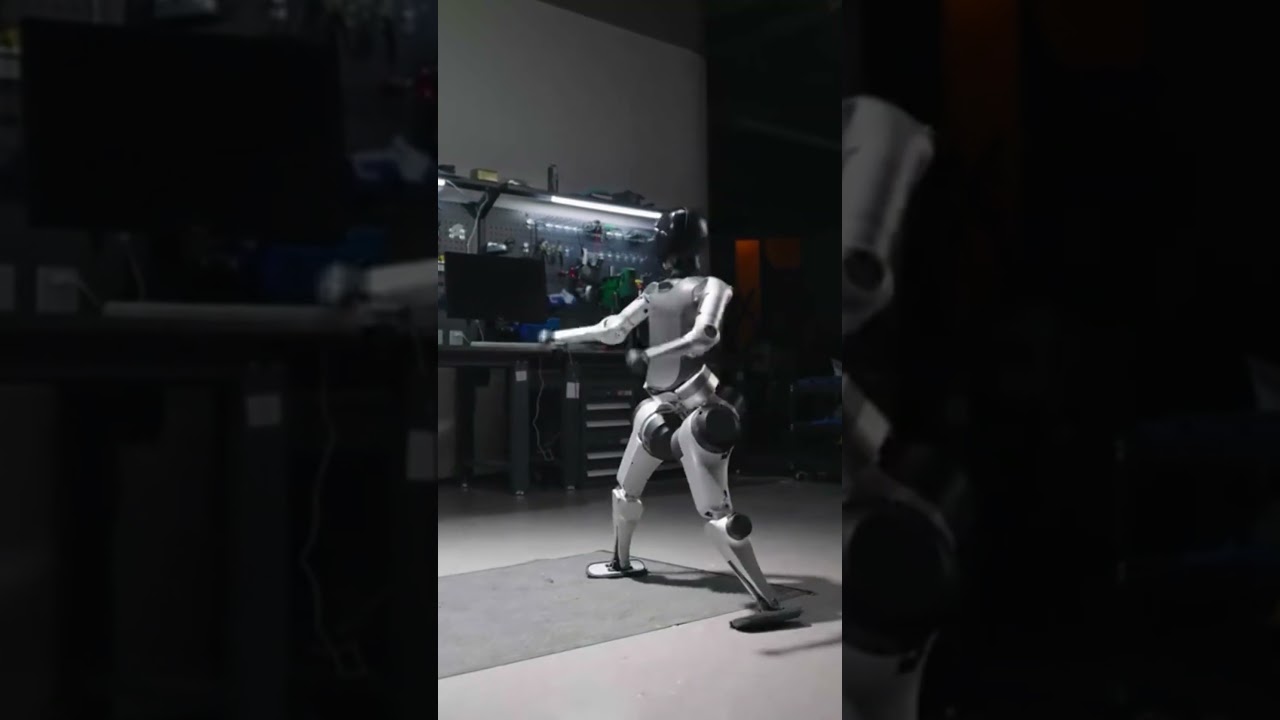
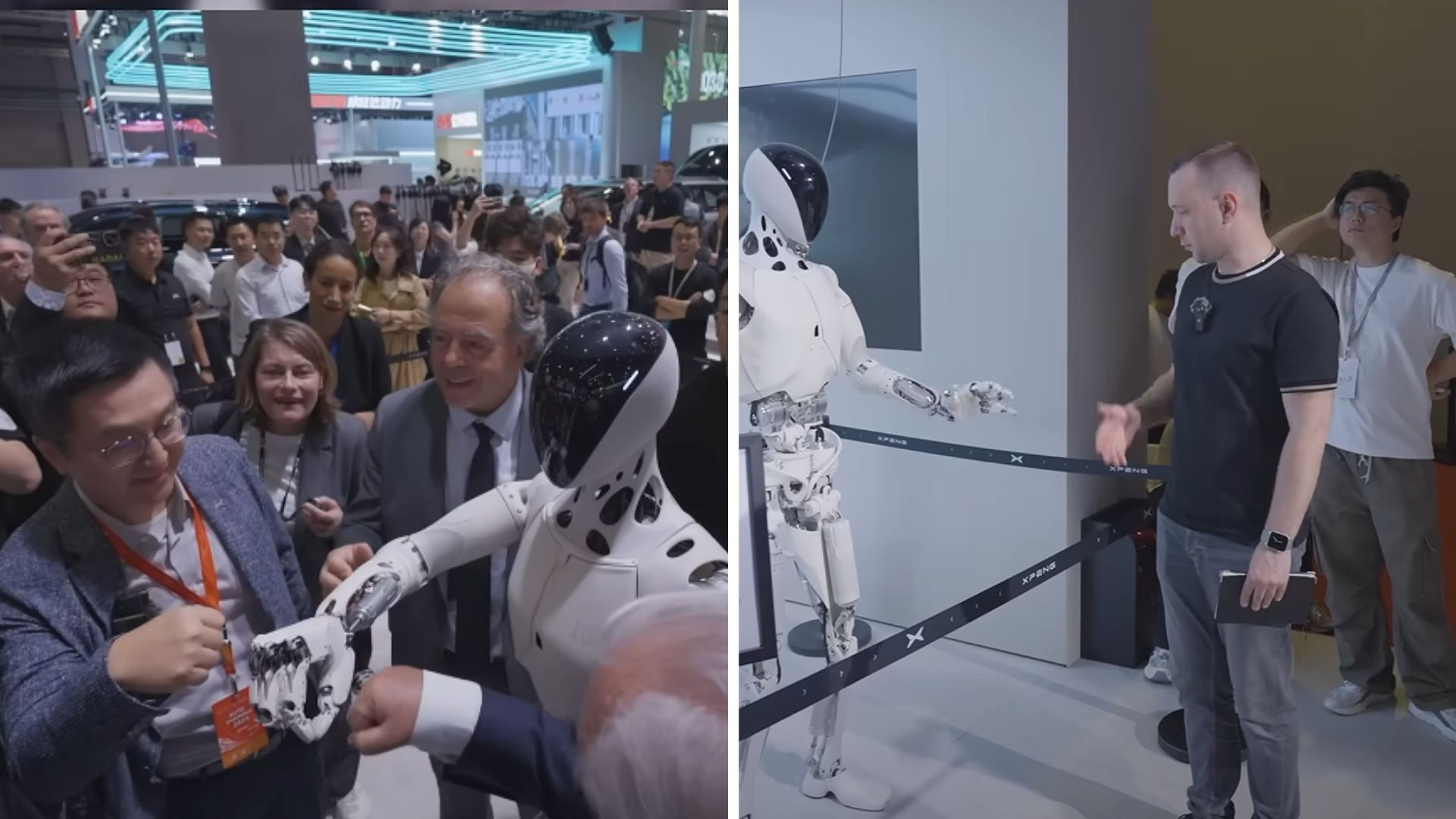


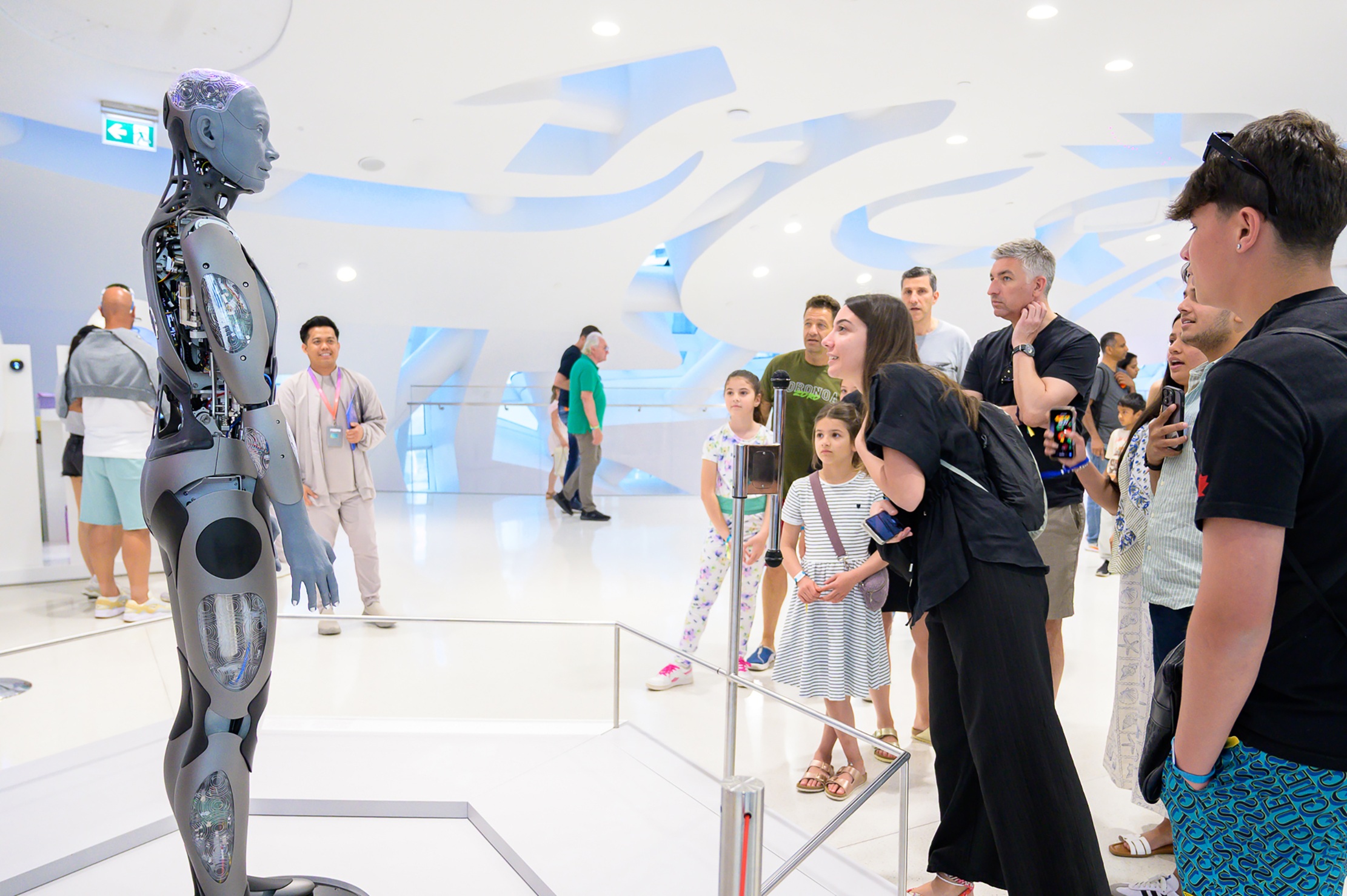
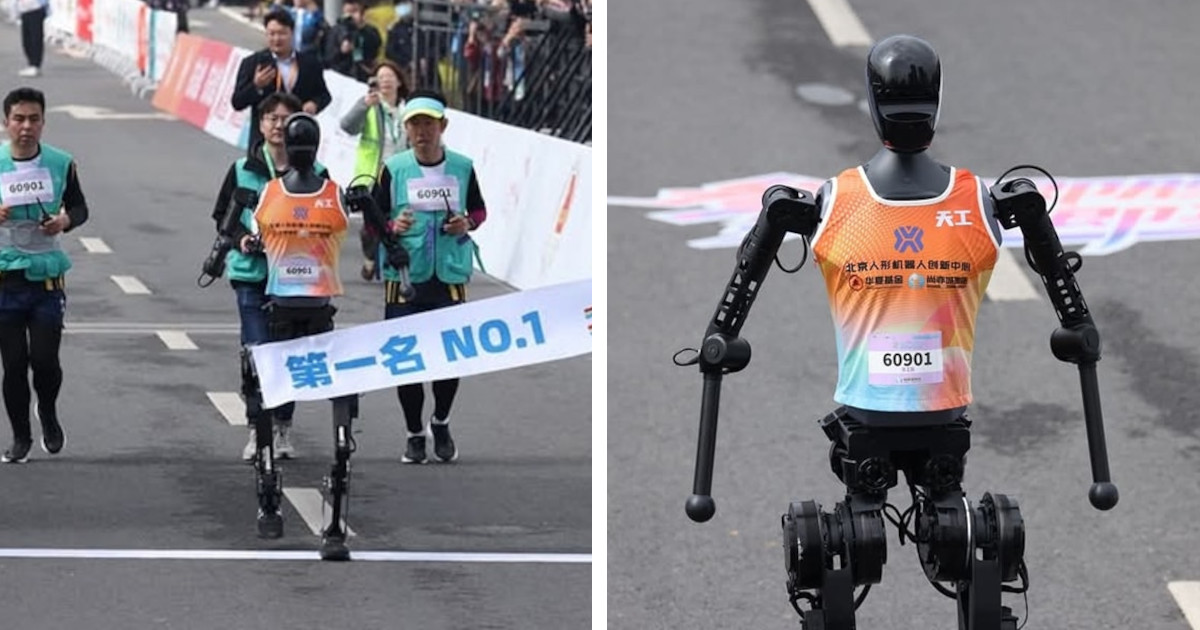
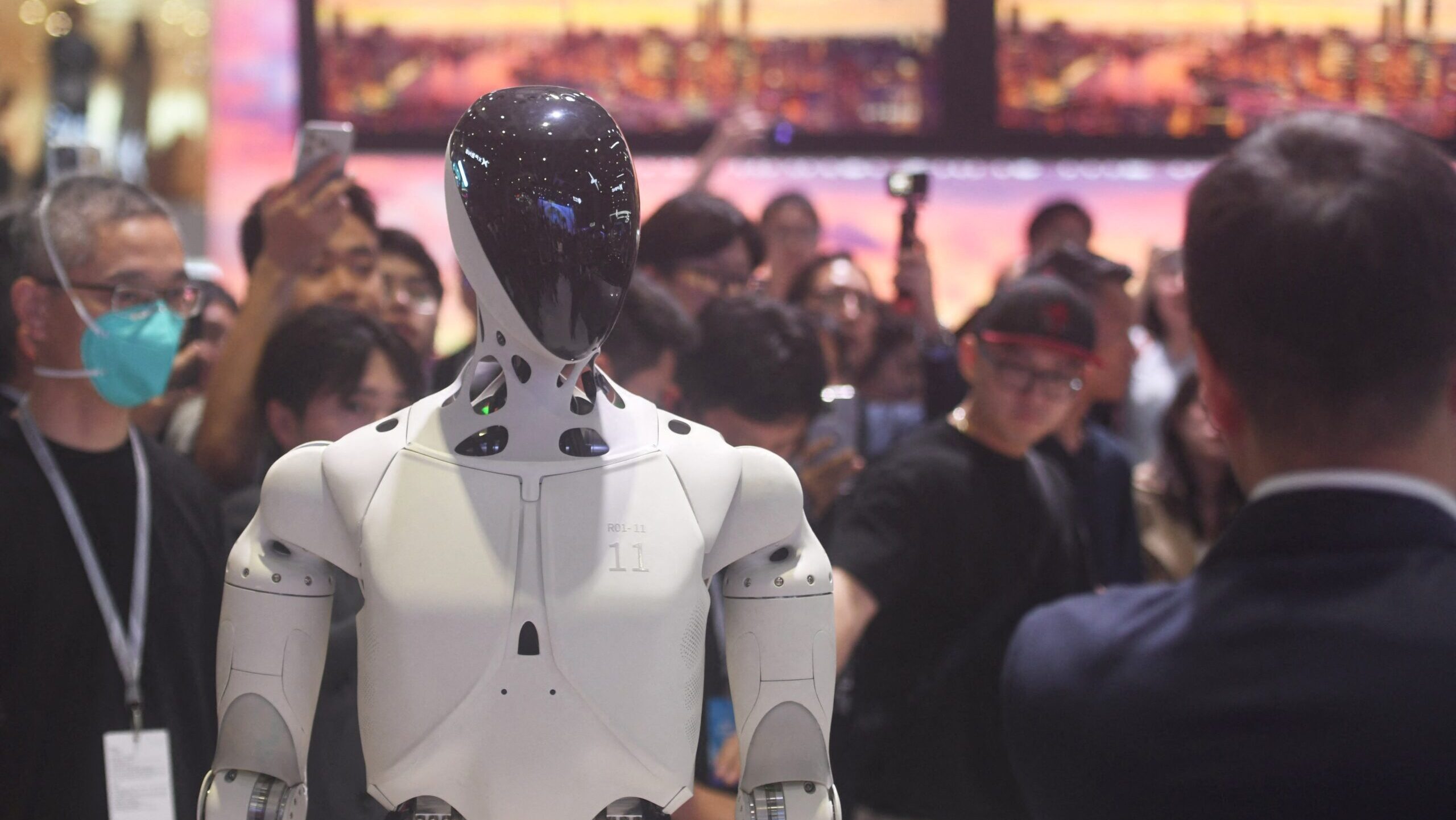

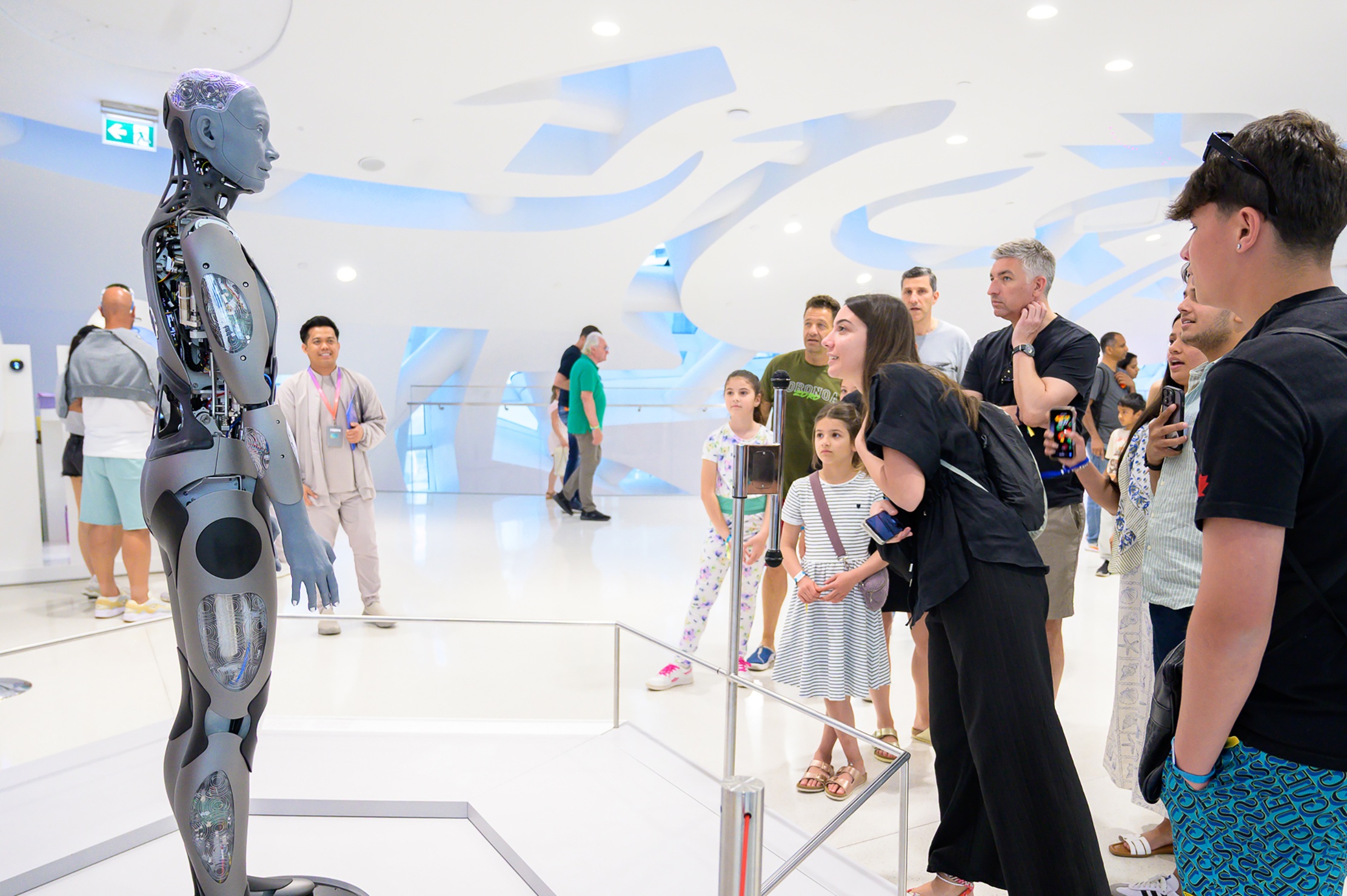

❤❤❤❤❤❤
Why the leg So short?
这比例真的丑爆了
😂😂👍
搞什么鬼👻 每天都只会那几招马遛戏 实用的功能没吗?